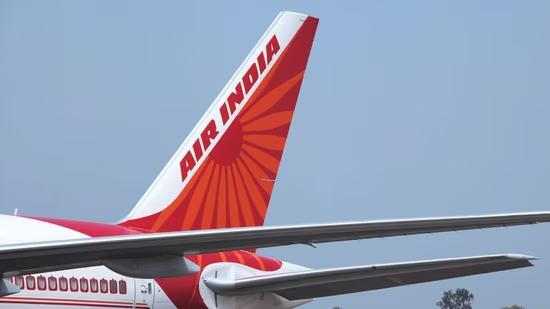
Air India Finds No Issues with Fuel Control Switches on Boeing 787 Planes
In a significant development, Air India has completed an inspection of the locking mechanism of fuel control switches in its fleet of Boeing 787 planes and found no issues, according to an official statement. This news comes after a report by the UK’s Air Accidents Investigation Branch (AAIB) highlighted the potential for the fuel control switches to be moved to the “cut-off” position as a contributing factor in the Air India Express plane crash in Ahmedabad in May.
The AAIB report, which was released earlier this year, analyzed the circumstances surrounding the tragic incident, which resulted in the loss of 21 lives. The report identified several factors that contributed to the crash, including the movement of the fuel control switches to the “cut-off” position, which led to the loss of power to one of the plane’s engines.
In response to the AAIB report, Air India announced that it would conduct a thorough inspection of its Boeing 787 fleet to ensure that the fuel control switches were functioning properly and safely. The airline has now completed this inspection and found no issues with the locking mechanism of the switches, according to an official statement.
“It is a relief for us that the inspection has found no issues with the fuel control switches,” said an official from Air India. “We take the safety of our passengers and crew extremely seriously, and we are committed to ensuring that our aircraft are in a safe and airworthy condition at all times.”
The Boeing 787-8 Dreamliner is a relatively new aircraft, with a range of advanced features and technologies designed to improve its safety and efficiency. However, the recent crash in Ahmedabad highlighted the importance of ensuring that all components of the aircraft, including the fuel control switches, are functioning properly and safely.
The fuel control switches are a critical component of the aircraft’s fuel system, and they play a vital role in ensuring the safe and efficient operation of the plane. The switches are used to control the flow of fuel to the engines, and they must be properly secured in the “on” position to ensure that the engines receive the correct amount of fuel.
The recent incident in Ahmedabad highlighted the potential risks associated with the fuel control switches, and it has led to a renewed focus on ensuring that these critical components are functioning properly and safely. Air India’s decision to conduct an inspection of its Boeing 787 fleet is a positive step towards ensuring the safety of its passengers and crew, and it is a testament to the airline’s commitment to safety and customer satisfaction.
In conclusion, the recent news from Air India is a welcome development in the ongoing investigation into the Air India Express plane crash in Ahmedabad. The airline’s decision to conduct an inspection of its Boeing 787 fleet and find no issues with the fuel control switches is a positive step towards ensuring the safety of its passengers and crew. As we continue to learn more about the circumstances surrounding this tragic incident, it is clear that the safety of our skies is a shared responsibility between airlines, manufacturers, and regulatory bodies. By working together, we can ensure that our skies remain safe and secure for all.






